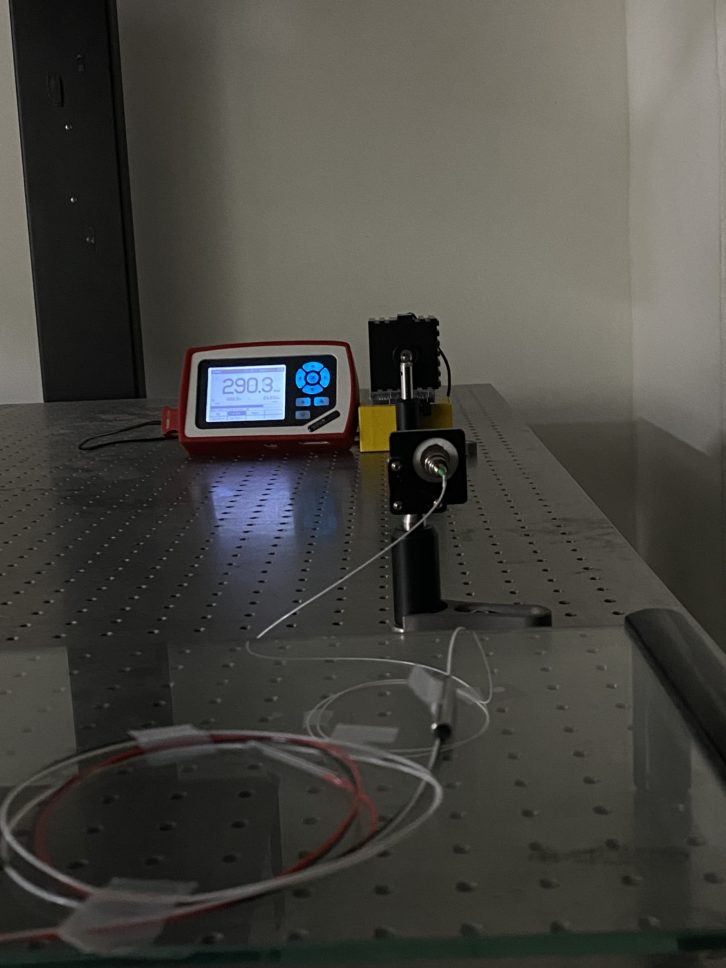
Wireless charging is something that has come more into the fold in the last decade, but functionally it hasn’t given the consumer much of an advantage over traditional charging cables. The accessory you wish to be charge still must sit on some sort of dock or charging pad, making the “wireless” in wireless charging more of a technicality. However, scientists around the world have been working to make wireless charging the thing dreams are made of: charging your laptop wirelessly while it sits far away from any plug, or even charging your phone while it sits in your pocket, 100 feet from the closest charger.
In research published in Optics Express, a team of researchers from Sejong University in South Korea has developed a new method of wireless charging that utilizes infrared light to transfer high levels of power. Currently, this method has been shown to transfer 400 mW of power up to nearly 100 feet. Currently, this level of power is just enough to power sensors, but the researchers suggest that the technology could be upscaled to charge conventional electronics.
Research team leader Jinyong Ha states “While most other approaches require the receiving device to be in a special charging cradle or to be stationary, distributed laser charging enables self-alignment without tracking processes as long as the transmitter and receiver are in the line of sight of each other. It also automatically shifts to a safe low power delivery mode if an object or a person blocks the line of sight.”

This technique of transferring power wirelessly has several advantages over other methods, including eliminating the need for specially designed rooms to achieve a wireless charge. However, any electronics that were to receive a charge using this method would need to have a special built-in receiver. Therefore, if this technology were to be made standard, electronics would need to be manufactured with it in mind.
That said, this looks promising. Though it may still be years away, wirelessly charging your consumer devices-in addition to powering commercial-level electronics, could be closer than you think.
Source: Optica
See also: Scientists demonstrate a biodegradable printed circuit










